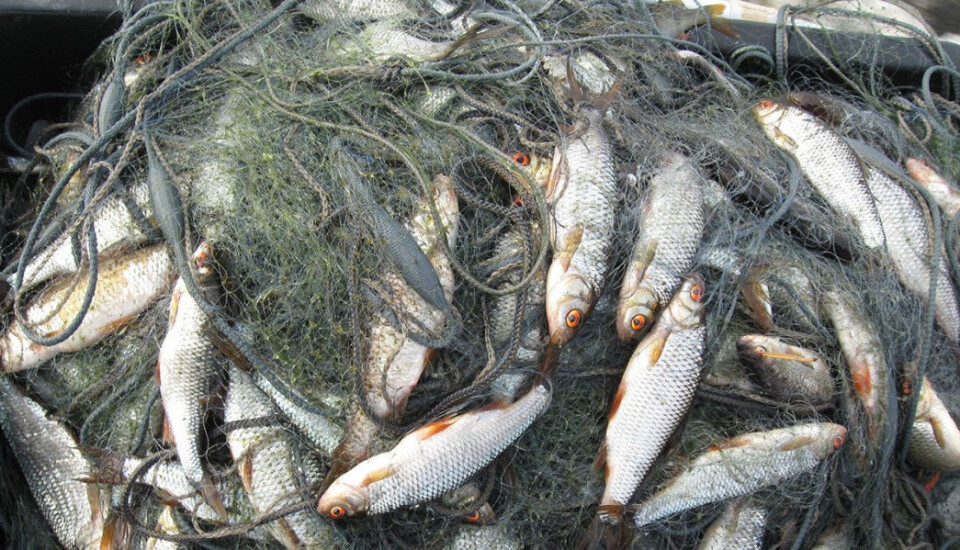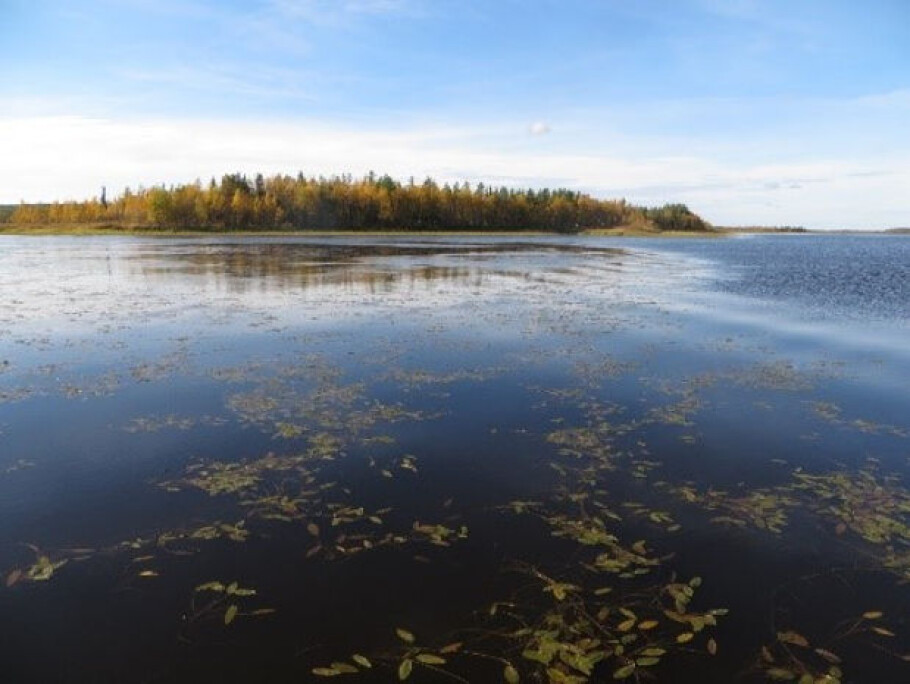This article is produced and financed by Inland Norway University of Applied Sciences - read more

Climate change in the subarctic: warmer lakes pose a danger to cold-water fish populations
Climate change is often presented primarily as a problem for future generations. However, it is already affecting our lakes in the Nordic countries in a disturbing way.
Climate change has already had a major impact on the lakes ecosystems, including fish species and the people who depend on them for fishing and recreation, a new study indicates.
The research team behind the paper has studied 30 lake ecosystems in Europe, all of which are located north of the Arctic Circle.
Lakes in this subarctic region are already experiencing shorter winters and longer, warmer summers.
Professor Kimmo Kahilainen of Inland Norway University of Applied Sciences (INN University) has over the last decade coordinated a research team consisting of scholars from Norway, Finland, Canada and Chile.
“We can already see clear signs that cold water fish, such as brown trout, Arctic charr and European whitefish, are displaced by warmer water fish species in some of these waters. The lakes play an important role for local communities and are particularly vulnerable to environmental changes,” says Kahilainen.

“We see strong evidence that these lakes are about to disappear before our eyes.”
Limited knowledge about the changes
The researchers also point out that it is important to take into account the combined environmental change, i.e. climate change as well as land use in surrounding areas, such as forestry, mining and agriculture, jointly affecting nutrient concentrations in the lakes.
"We know relatively little about how these changes affect local wildlife and the population who depends on hunting and fishing as part of its income and food resource," says Brian Hayden, a research fellow and lead author of the study, currently based at the University of New Brunswick in Canada.
“This study is one of the first to quantify how subarctic lakes react to this new environment,”, says Hayden, who is the lead author behind the current study.
From clear to murky water
The researchers have examined the fish's diet using chemical trace elements called stable isotopes. Using these, the researchers can monitor what the fish actually eat.
“Lakes in these cold, northern areas usually have crystal clear and drinkable water. The food web normally starts with small algae growing on the lake bed,” Hayden explains.

“With higher water temperature and more nutrient supply, we see the emergence of microscopic plants in the water column itself, so-called phytoplankton, which makes the water darker and murkier.”
In the study, the researchers found that invertebrates and fish soon became very dependent on this new plankton-based nutrient source.
“We are actually very surprised at how stark are the changes we see in these lakes” says Hayden.
“These lakes north of the Arctic Circle now work as if they were in Central Europe.”
The study builds upon previous research by the team, where they have shown, among other things, that warmer lakes contain up to 100 times as many fish as colder ones.
However, they have also found that cold water and highly valued human-preferred food species brown trout, Arctic charr and European whitefish, are losing the battle to other, warmer water species, such as roach, ruffe, and perch.
The Perfect Storm
"Climate change is already a reality in the world's northernmost areas," says Hayden.
We experience climatic conditions here that we have not seen before – with long, hot summers and shorter periods of winter ice-cover on lakes.
“In combination with more available nutrients due to forestry, mining and agriculture, this creates the “perfect storm” of environmental change.
“Reversing these trends is extremely challenging, but by collaborating, sharing ideas and information, we hope to understand how human activity transforms such lake ecosystems. Maybe we can find ways to reduce these changes,” Hayden hopes.


































